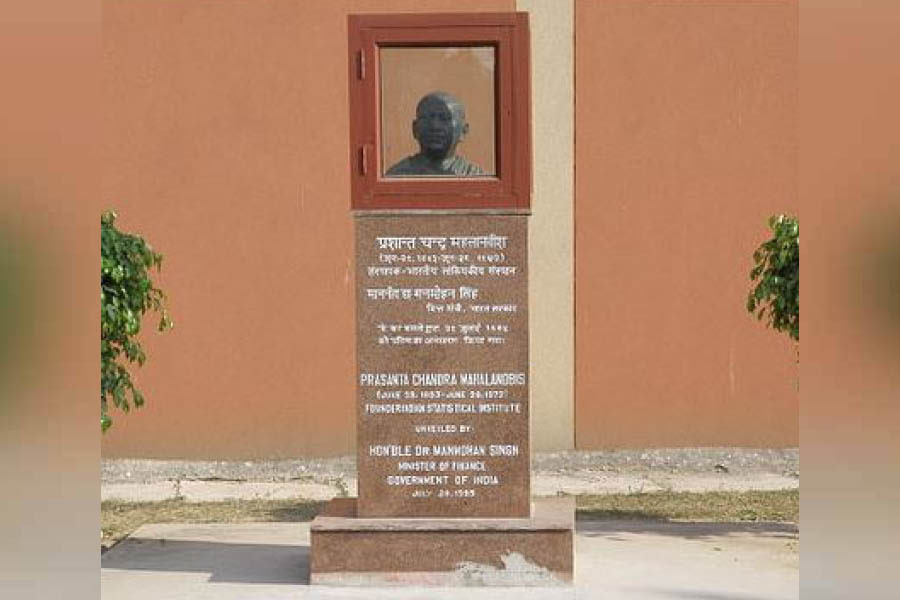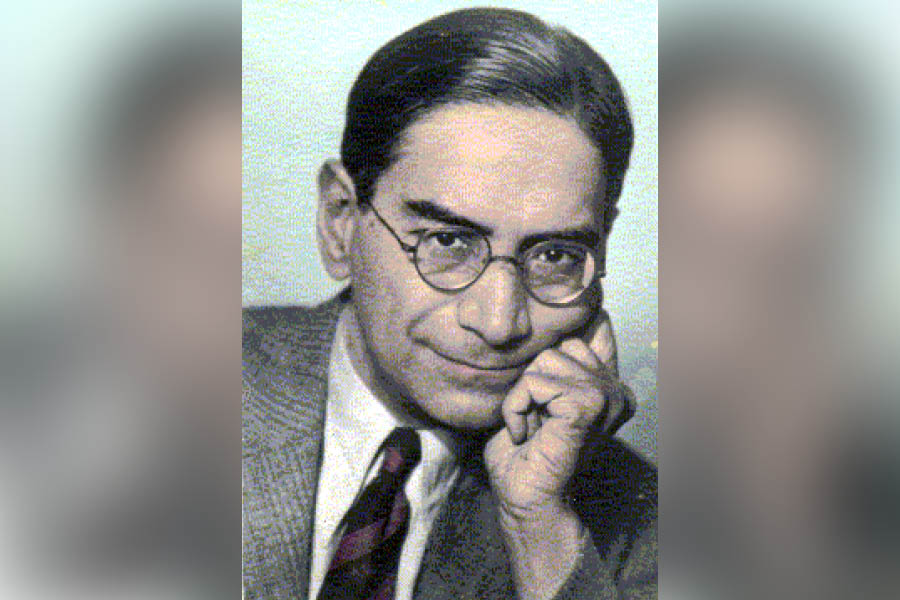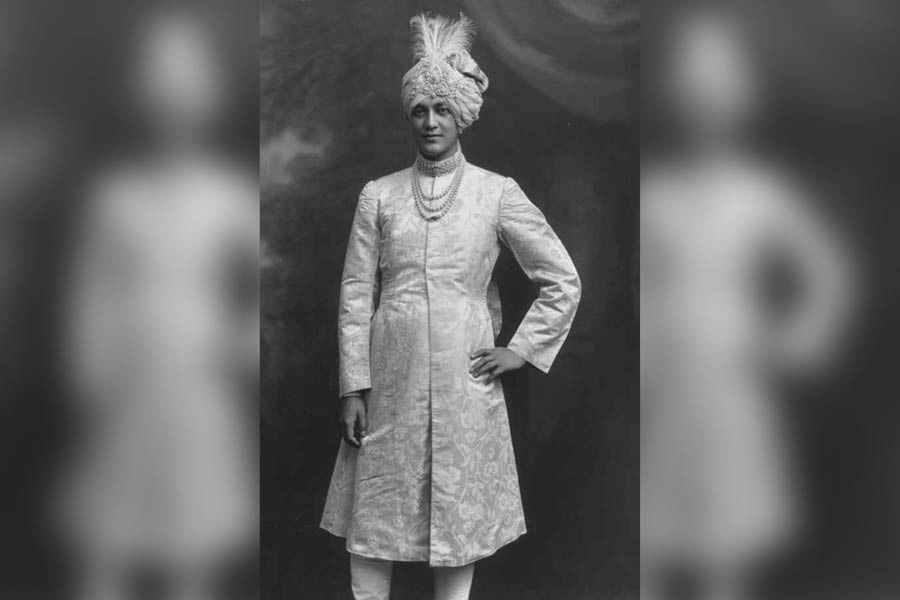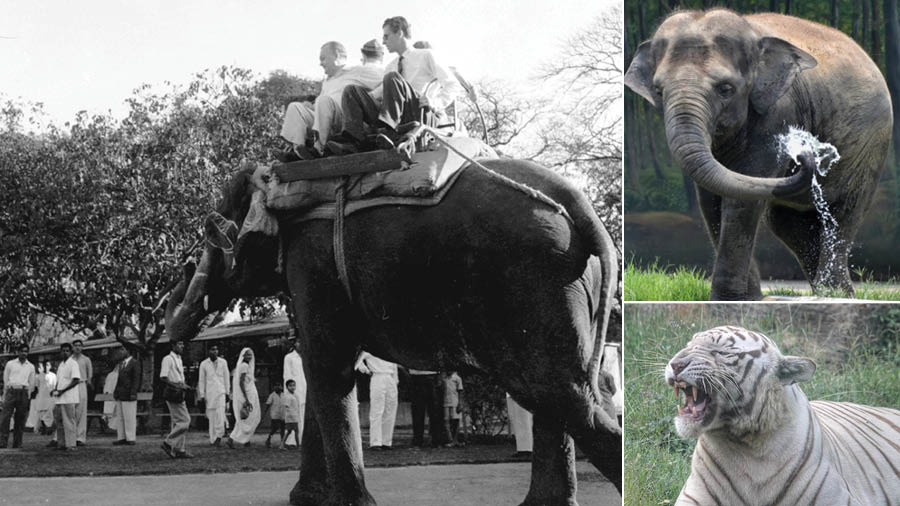It was the early years of World War I. A young man from Calcutta was pursuing his Tripos* in mathematics and physics at the University of Cambridge. One day, he came across Biometrika, a journal of statistics founded by Karl Pearson, the famous British mathematician.
The young man, let’s call him PC, was intrigued. Shortly thereafter, he returned to Calcutta and started work at the physics department of Presidency College. But his interest in statistics persisted and was further nurtured in his interactions with renowned polymath Sir Brajendranath Seal.
Sometime in the 1920s, PC set up a statistical laboratory in his office at the college. It was a venture backed by several of his colleagues who also took a deep interest in the discipline. PC and two of his colleagues, SS Bose and HC Sinha, felt that the potential of statistics in solving day-to-day problems – especially in designing sample surveys, analysing climate data, applications in farming for forecasting yields etc. was immense. To realise this potential, the trio felt a specialised entity was needed which would be the seat of advanced research in statistics.

A postal stamp commemorating birth anniversary of PC Mahalanobis in 1993.
Thus, on December 17, 1931, PC invited Pramatha Nath Banerji (Minto professor of economics at Presidency), Nikhil Ranjan Sen (Khaira Professor of Applied Mathematics at Presidency) and pioneering industrialist Sir RN Mookerjee for a meeting to discuss the matter. The outcome of this momentous meeting was the establishment of the Indian Statistical Institute (ISI) at the physics department of Presidency College with Sir RN Mookerjee as its first president. After reading so far, the identity of PC would be obvious to all readers – it is none other than the legendary Prasanta Chandra Mahalanobis.
Mahalanobis’ ancestry hailed from Dhaka Bikrampur in what is present-day Bangladesh although his grandfather Gurucharan had moved to Calcutta in the 1850s. Gurucharan came under the influence of Maharshi Debendranath Tagore and became an ardent follower of Brahmo movement. His house at 210, Cornwallis Street, was the centre of Brahmo Samaj activities in Calcutta of the time. Gurucharan also married a widow, inspired by Brahmo ideals and ignoring the frowns of orthodox Hindu society of the time.
Born in such an environment, it was hardly surprising that Mahalanobis would grow up as an enlightened young man with an insatiable hunger for knowledge. During his days as a student at Presidency, he was deeply influenced by his professors: the stalwarts Acharya Jagadis Chandra Bose and Acharya Prafulla Chandra Ray. After graduating with honours in physics in 1912, Mahalanobis travelled to England for his Tripos where fate had maybe pre-ordained his tryst with statistical destiny.
The ISI was possibly the most prominent of Mahalanobis’ eternal legacy. He served as the director of the institute till his death, remaining actively involved in research work almost till his last day. In 1953, the institute moved to a permanent campus in Baranagar near Calcutta – on a plot of land owned by Mahalanobis. In the 1960s, ISI started special service units in Delhi, Madras, Bangalore, Bombay and Hyderabad to provide support to industries in both public and private sectors in these places. American statistician Gertrude Mary Cox was inspired by ISI Calcutta to set up a specialised statistical institute – the first of its kind in the USA. Nobel Laureate Abhijit Vinayak Banerjee as well as reputable economists such as TN Srinivasan, Rohini Somanathan and Pranab Bardhan among others have opined that it is the only instance of “…an entirely homegrown institution in a developing country becoming a world leader in a large field of general interest.”
But while ISI is Mahalanobis’ most enduring legacy, it was hardly the only aspect in which he left a mark. In 1936, Mahalanobis proposed the concept of the Mahalanobis Distance: one of the most widely used metrics to find how much a point diverges from a distribution, based on measurements in multiple dimensions. It remains widely used in the field of cluster analysis and classification even today. Mahalanobis arrived upon it while conducting research on racial likeness.
Another of Mahalanobis’ immense contribution is in the field of design of large sample surveys as a tool of gathering information. He introduced the concept of pilot surveys and advocated the usefulness of sampling methods. Mahalanobis was a pioneer in introducing the concept of a nationwide survey to cover various aspects like consumer expenditure, tea-drinking habits, public opinion, crop acreage and plant disease. Renowned American statistician Harold Hotelling had written: "No technique of random sample has, so far as I can find, been developed in the United States or elsewhere, which can compare in accuracy with that described by Professor Mahalanobis"

A bust of Mahalanobis at Indian Statistical Institute, Delhi.
In 1950, the ISI designed and planned a comprehensive socio-economic national sample survey covering rural India. A new entity, National Sample Survey (NSS) was founded for conducting this survey. Tasks such as planning of the survey, training of field workers, review, data processing and tabulation were all executed by ISI under the guidance of Mahalanobis.
Mahalanobis was a member of the first Planning Commission of India and was a major contributor to the Five-year plans. Mahalanobis’ derivation of Wassily Leontief's input-output model, also known as Mahalanobis model, was employed in the Second Five-year Plan and he actively spoke for the need for rapid industrialisation as part of this plan. Not many remember today but Mahalanobis was among the first to push for computerisation in India way back in the 1950s. Up to his final days, he served as the honorary statistical adviser to the Union Cabinet.
But Mahalanobis was not only a man of science. He also held an active interest in culture and even acted as secretary to Rabindranath Tagore, especially when the latter travelled abroad. For his active contribution to nation-building in the first two decades of independent India, Prasanta Chandra Mahalanobis was honoured with India’s second highest civilian award – the Padma Vibhushan, in 1968.
Professor Prasanta Chandra Mahalanobis – one of the greatest Bengalis ever – was born on this day in 1893. In 2006, the government of India announced June 29 as National Statistics Day in his honour.
* Tripos: A Tripos is an academic examination that originated at the University of Cambridge in Cambridge, England. They include any of several examinations required to qualify an undergraduate student for a bachelor's degree or the courses taken by a student to prepare for these.



